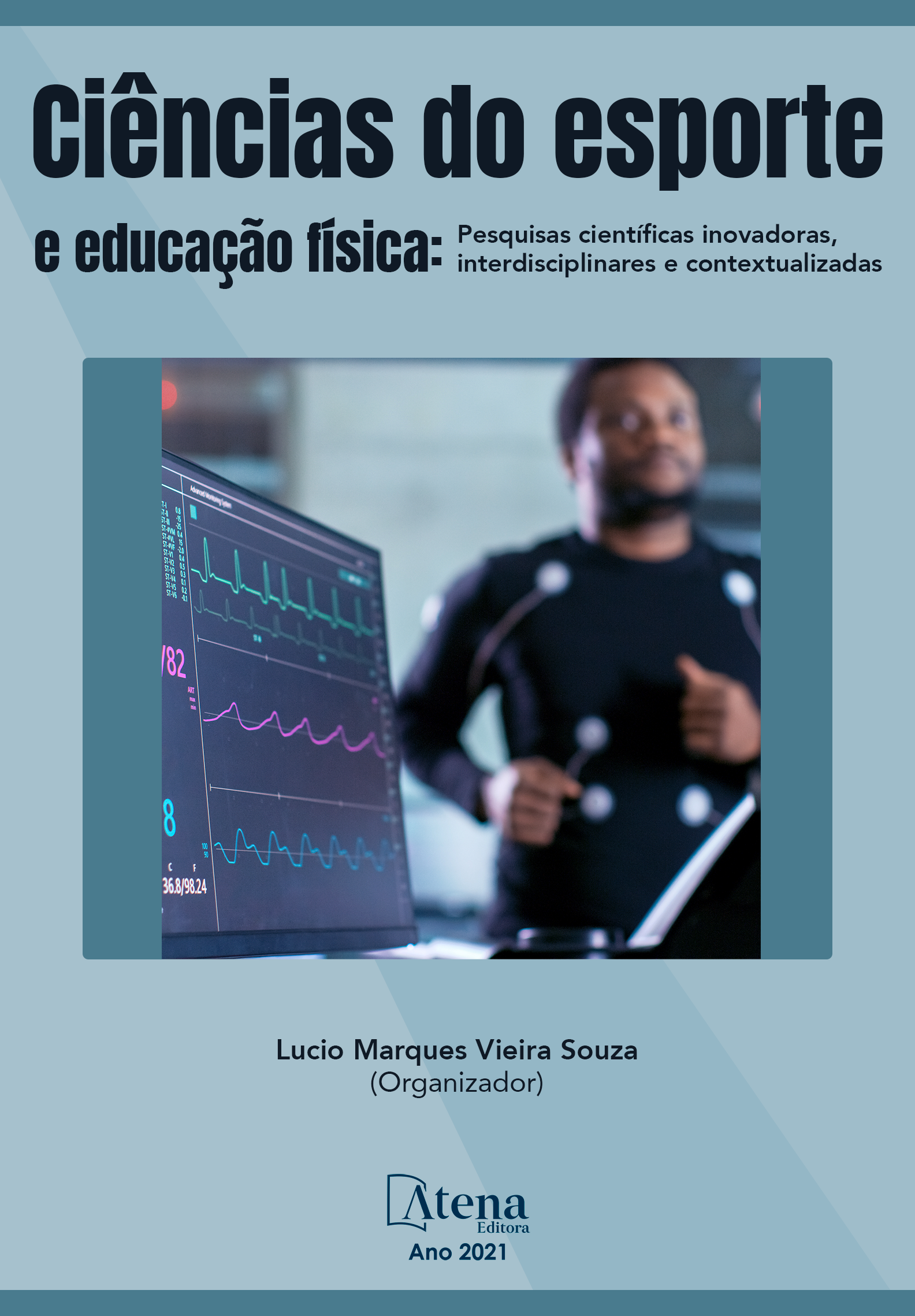
A FORÇA MUSCULAR E RISCO CARDIOMETABÓLICO EM ADOLESCENTES COM SÍNDROME DE DOWN
Estudo avaliou a associação da força de preensão manual com os biomarcadores cardiometabólicos em adolescentes com e sem síndrome de Down (SD). Participaram do estudo 54 voluntários sendo 28 com SD (M=12; F=16), idade (12,2 ± 2,7) e 26 sem SD (M= 9; F= 17), idade (12,5±3,0). Realizou o teste de força de preensão manual (FPM) sendo 3 tentativas de 5 segundos com intervalo de 1 minuto. Os valores de força relativa foram expressos pela relação (FPM / massa muscular). A FPM foi representada por tercis (baixa, moderada e alta) sendo que T1 representa o tercil de baixa força muscular. A frequência cardíaca (FC) e a pressão arterial (PA) foram mesuradas em repouso. A coleta sanguínea foi realizada em jejum para análise dos parâmetros bioquímicos. ANOVA foi realizada intragrupos. Foi observado que indivíduos com SD encontram-se no tercil 1 (T1) tanto para a FPM absoluta (100%) quanto para a FPM relativa (83,3%). A análise de comparação mostrou que quanto maior a FPM absoluta e relativa menores os valores de duplo produto (DP). Os indivíduos que estão no tercil T3 de FPM relativa apresentam menor triglicerídeos. Por outro lado, a FPM relativa nos indivíduos no tercil T2 apresentaram menores valores de pressão arterial sistólica (PAS), DP e nos indicadores antropométricos (p<0,05). O aumento da força muscular poderia ser uma estratégia para melhorar o perfil cardiometabólico nos adolescentes, principalmente dos SD, uma vez que os mesmos demonstraram ter baixa FPM neste estudo.
A FORÇA MUSCULAR E RISCO CARDIOMETABÓLICO EM ADOLESCENTES COM SÍNDROME DE DOWN
-
DOI: 10.22533/at.ed.87721280914
-
Palavras-chave: Síndrome de Down. Preensão Palmar. Força Muscular Isométrica. Adolescentes
-
Keywords: Down syndrome. Handgrip. Isometric Muscle Strength. Adolescents
-
Abstract:
This study evaluated the association of handgrip strength with cardiometabolic biomarkers in adolescents with and without Down syndrome (DS). 54 volunteers participated in the study, 28 with DS (M=12; F=16), age (12.2 ± 2.7) and 26 without DS (M=9; F=17), age (12.5 ± 3.0). Handgrip strength test (HGS) was performed, with 3 attempts of 5 seconds with an interval of 1 minute. Relative strength values were expressed by the ratio (HGS / muscle mass). HGS were represented by tertiles (low, moderate and high) with T1 representing the tertile of low muscle strength. Heart rate (HR) and blood pressure (BP) were measured at rest. Blood collection was performed after fasting for analysis of biochemical parameters. ANOVA was performed within groups. It was observed that individuals with DS are in tertile 1 (T1) for both absolute HGS (100%) and relative HGS (83.3%). The comparison analysis showed that the higher the absolute and relative HGS and lower rate pressure product (RPP). Individuals who are in the T3 tertile of relative HGS have lower triglycerides. On the other hand, the relative HGS of individuals in tertile T2 had lower values of systolic BP, RPP and anthropometric indicators (p<0.05). An increase in muscle strength could be a strategy to improve the cardiometabolic profile in adolescents, especially DS, as they demonstrated low HGS this study.
-
Número de páginas: 15
- Milton Rocha Moraes
- Elvio Marcos Boato
- Carmen Sílvia Grubert Campbell
- Graciele Massoli Rodrigues
- Edilson Francisco Nascimento
- Luiz Humberto Rodrigues Souza
- Caio Victor Sousa
- Rodrigo Vanerson Passos Neves
- Thiago Santos Rosa
- Geiziane Leite Rodrigues de Melo


